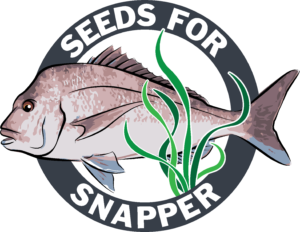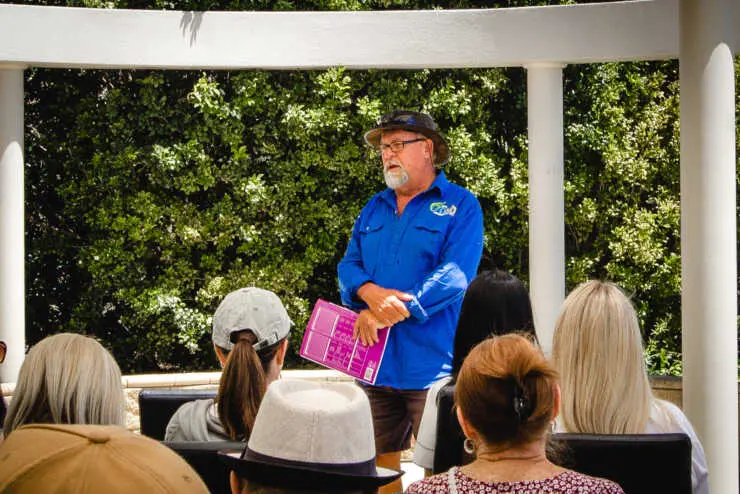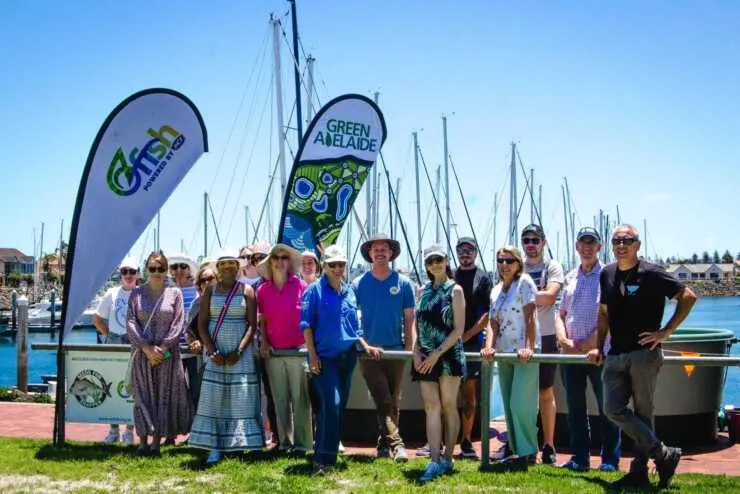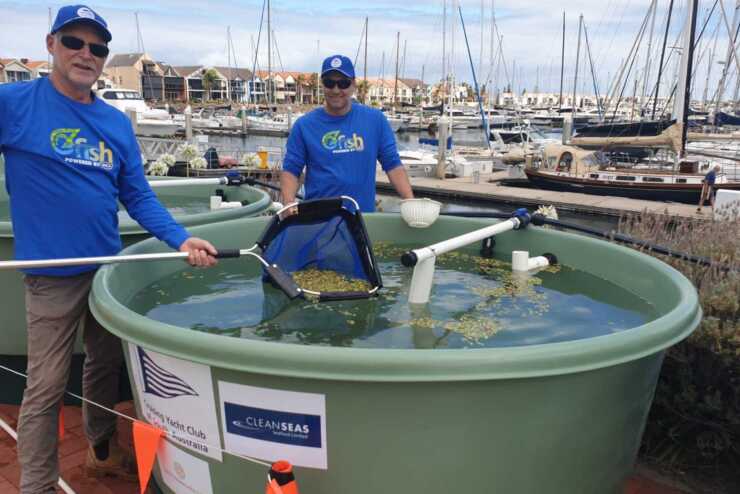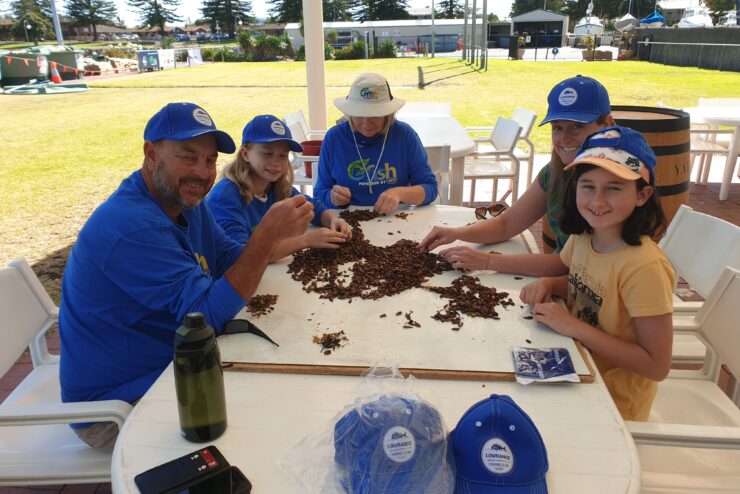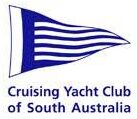25 JANUARY 2023 | Seagrass restoration scales up in South Australia thanks to volunteers
The restoration of South Australia’s vitally important seagrass meadows is a step closer after the incredible efforts of our recreational fishers and local communities. Across both of our ‘Seeds for Snapper’ projects in South Australia, along Adelaide’s metropolitan coastline and on the Fleurieu Peninsula, more than 700 local rec fishers and people got involved. Together, they dedicated more than 3,380 volunteer hours to harvest and deploy more than 18,700 seagrass seeds in over 630 biodegradable sandbags.

